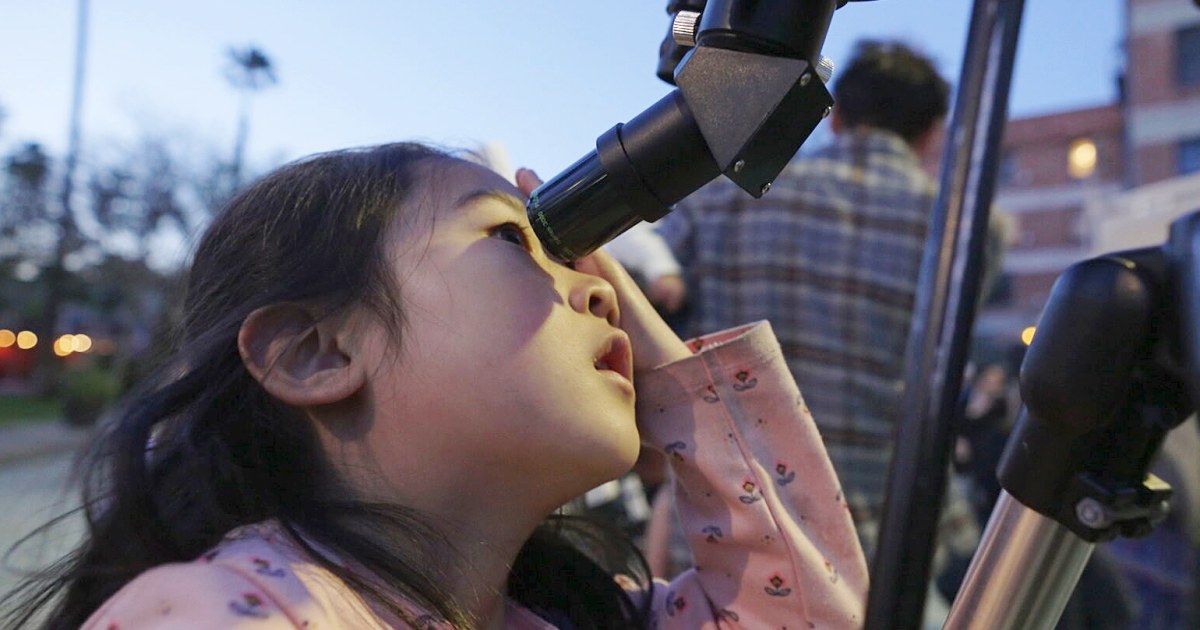
Geostationary Meteorological Satellite
A geostationary meteorological satellite is a type of satellite that is placed in a geostationary orbit, which means it orbits the Earth at the same rate as the Earth rotates, allowing it to remain in a fixed position relative to the Earth's surface. These satellites are used to provide continuous, real-time observations of weather patterns and atmospheric conditions, including temperature, humidity, cloud cover, and wind speed and direction. They are equipped with a variety of sensors and instruments, including visible and infrared cameras, microwave radiometers, and sounders, which allow them to collect data on a wide range of meteorological phenomena. The data collected by these satellites is used by meteorologists and other scientists to create weather forecasts, track storms, and monitor climate patterns.
Your Previous Searches
Random Picks
- Oxygen Efficiency: Oxygen efficiency is the measure of how effectively oxygen is used in a spacecraft or spacesuit to support human life. It is a critical factor in determining the duration of a mission and the number of crew members that can be supported. Ox ... Read More >>
- Atmosphere Management: Atmosphere management refers to the process of controlling and maintaining the environment within a spacecraft or space station to ensure the health and safety of the crew. This includes regulating temperature, humidity, air quality, and pr ... Read More >>
- Diagrams: Diagrams are visual representations of information or data that are used to communicate complex ideas or concepts. In the context of space and astronautical engineering, diagrams are often used to illustrate the design and operation of spac ... Read More >>
Top News

Easter's date remains divisive. Some church leaders want that to change...
Eastern and Western churches will celebrate Easter on the same day this year, while marking 1,700 years since the Council of Nicaea unified Christian doctrine...
News Source: ABC News on 2025-04-19

In a city of stars, Los Angeles astronomy club makes sure to keep looking up...
LOS ANGELES — While Los Angeles is home to the biggest stars in the world, a monthly get-together is proving that the city’s rich and famous have nothing on the universe....
News Source: NBC News on 2025-04-18

This week on "Sunday Morning" (April 20)...
A look at the features for this week's broadcast of the Emmy-winning program, hosted by Jane Pauley....
News Source: CBS News on 2025-04-17

Scientists detect strongest hints yet of life on a distant planet...
Scientists have detected unique chemical patterns similar to those produced by the Earth's algae and seaweed — raising the possibility of the presence of a warm ocean, perhaps teeming with life, on ...
News Source: NBC News on 2025-04-17

Is there life on another planet? Scientists find the strongest evidence yet...
Near a planet far, far away astronomers have found traces of chemicals that on Earth are only produced by living beings....
News Source: Al Jazeera English on 2025-04-17